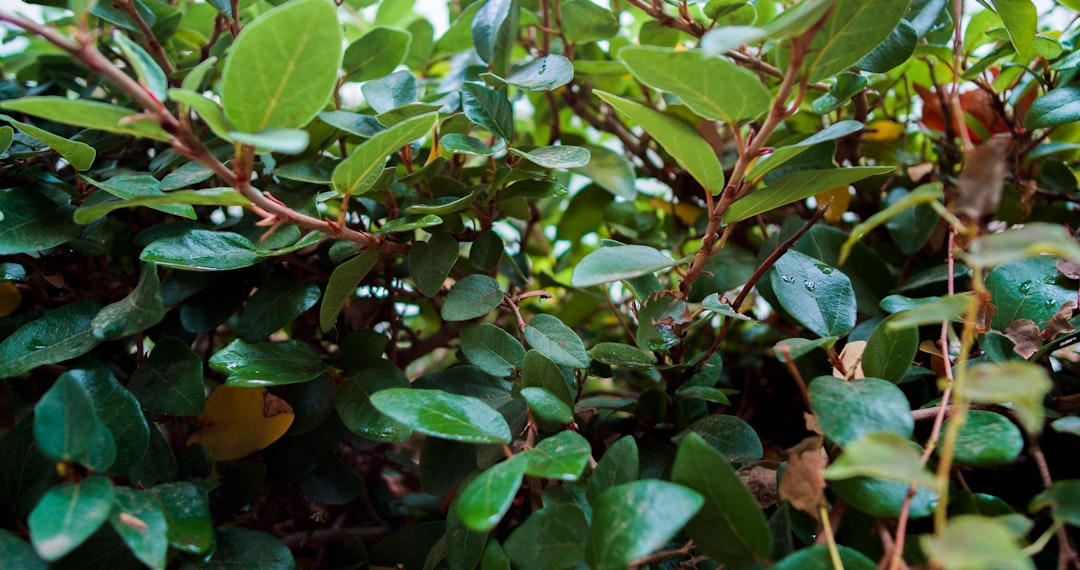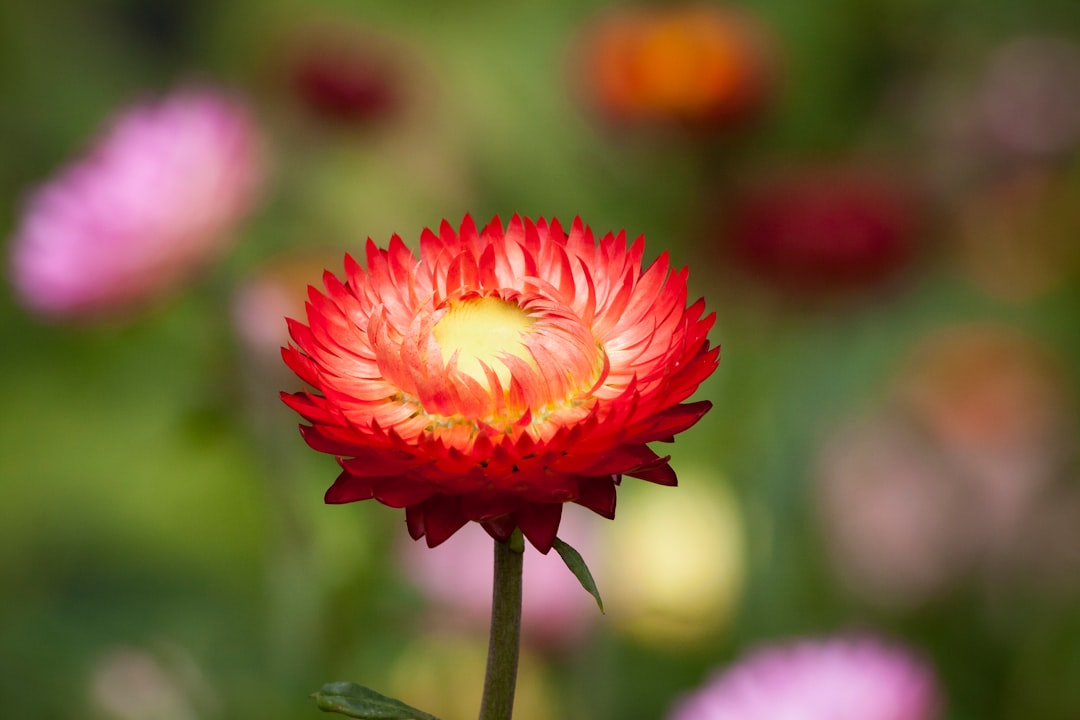Edible gardening has become a popular pastime for many, and among the various herbs, thyme stands out as a flavorful and versatile addition. If you're an avid gardener, you might be wondering if thyme is a perennial that comes back after winter. Well, the answer is yes, thyme is indeed a perennial herb, but there are certain steps you can take to ensure it lives as long as possible.
Thyme is a hardy plant that can withstand cold temperatures to a certain extent. However, harsh winters can still pose a threat to its survival. One of the first things to understand about thyme is its natural habitat. Thyme is native to the Mediterranean region, where it thrives in well - drained, sunny locations. Replicating these conditions in your garden is crucial for its long - term health.
When it comes to soil, thyme prefers a light, sandy, and well - drained medium. Heavy, clayey soils can lead to waterlogging, which is detrimental to thyme's roots. Before planting thyme, amend your soil with sand or gravel to improve drainage. You can also add some organic matter, such as compost, to provide essential nutrients. But be careful not to over - fertilize, as thyme doesn't require a lot of nutrients and too much fertilizer can actually harm the plant.
Sunlight is another key factor for thyme's growth. Thyme loves full sun, at least six hours of direct sunlight per day. Plant your thyme in a location that receives ample sunlight throughout the day. If you live in an area with extremely hot summers, a bit of afternoon shade might be beneficial, but generally, more sun is better for thyme.
Watering thyme correctly is essential. Thyme is drought - tolerant, so it doesn't need frequent watering. Over - watering can cause root rot and other diseases. Water your thyme only when the top inch of soil is dry. During the winter months, reduce watering even further, as the plant is in a dormant state and doesn't need as much moisture.
Pruning is also an important aspect of thyme care. Regular pruning helps to keep the plant bushy and encourages new growth. After the first year of growth, you can start pruning your thyme in the spring. Cut back about one - third of the plant to promote a more compact and healthy shape. Remove any dead or damaged branches as well.
As winter approaches, there are some additional steps you can take to protect your thyme. Mulching is a great way to insulate the soil and protect the roots from freezing temperatures. Apply a layer of organic mulch, such as straw or shredded leaves, around the base of the plant. This will help to keep the soil temperature more stable and prevent the roots from being damaged by frost.
Another option is to bring potted thyme indoors during the winter. If you have thyme growing in containers, you can move them to a cool, sunny location inside your home. This will protect the plant from the harsh winter weather and allow it to continue growing, albeit at a slower pace.
In conclusion, thyme is a wonderful perennial herb that can bring both flavor to your kitchen and beauty to your garden. By providing the right growing conditions, proper care, and protection during the winter, you can help this tasty herb and versatile landscape plant live as long as possible. So, roll up your sleeves, get out into the garden, and start growing your own thyme today!




















